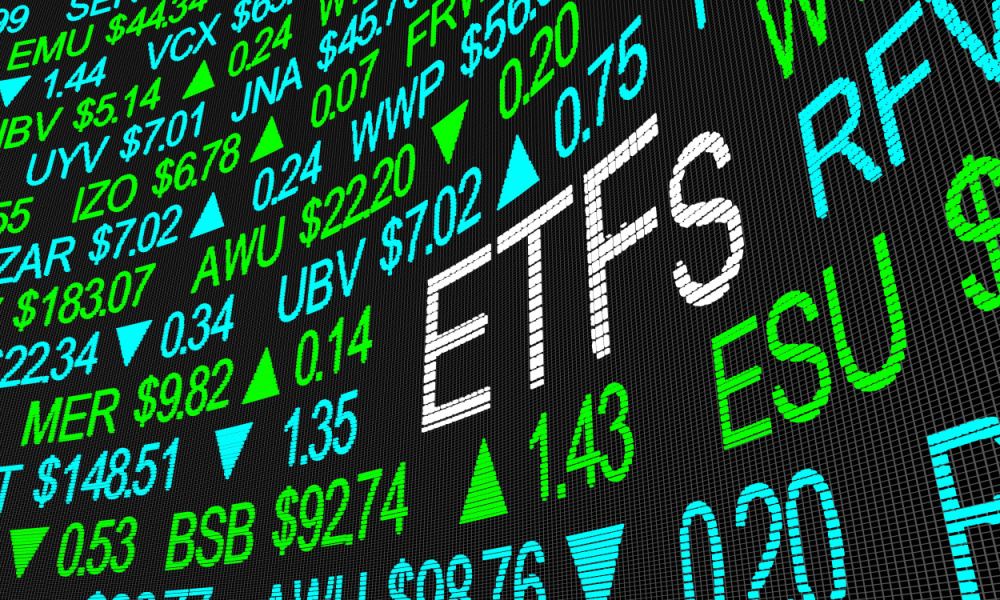by Leslie N. Masonson, MBA
If it wasn’t for the concept and development of “indexing,” no-load mutual funds and index-based ETFs would not exist in their current format or popularity. Today, there are currently 1901 passive indexed ETFs in existence in the United States.
ETF indexing is based on a sponsoring firm’s selection of indexes it would like to replicate or mirror. For example, the most widely used index for ETF offerings is the Standard & Poor’s 500 Index which holds close to 500 large-company stocks. This index was originally selected by a committee that developed the criterion to be included in that index. Over time this index is reconstituted, meaning that certain stocks are deleted for various reasons, and others are added. In addition, the index can be updated and rebalanced as often as quarterly based on the committee’s actions. Currently the index represents about 75% of all large-cap companies in existence.
The ETF sponsoring firm (e.g., Vanguard, Fidelity or Blackrock) simply purchases the same stocks in that index in the open market in the same proportion as the index. In the case of the S&P 500 case, the stocks are market-capitalization weighted. This number is calculated by multiplying the number of shares outstanding multiplied by the price per share. Currently, the top five weighted stocks in the index are: Apple (7.03%), Microsoft (6.42%), Amazon (3.31%), Nvidia (2.80%) and Alphabet (2.06%). When this index is rebalanced the ETF portfolio must rebalance the ETF holdings, as well. Obviously, in 2023 the FAANG stocks have had a tremendous price run-up greatly enhancing the index’s performance compared to more normal periods. The AI impact and news has contributed to their huge price performance.
ETF sponsors have a multitude of U.S. indexes to choose from including the Nasdaq 100, Dow-Jones Industrial Average, Russell 2000, NYSE Composite, and many foreign indexes such as the FTSE 100, CAC 40, Nikkei 225, and HANG SANG Index. Believe it or not, thousands of indexes have been developed which are also used as benchmarks for ETFs with unique focus like Cannabis, crypto, commodities and currencies.
There are a number of ETFs that track the S&P 500, among the largest are Vanguard (VOO), SPDR (SPY), and iShares (IVV) which have the largest percentage of assets under management. Typically, the annual expense ratio for these and other indexed ETFs range from 0.02% to 0.07%. Invesco QQQ Trust (QQQ) tracks the Nasdaq 100. And there are many offshoot indexes slicing the S&P 500 investing universe into different segments. There are 100 ETFs that track various characteristics of the S&P 500 including its 11 sectors, growth, value, quality low volatility, dividend aristocrats, revenue, leveraged 2x and 3x long and short, covered calls, equal weight, momentum, downside hedged, buffered, and tail risk.
Moreover, expanding the universe to the S&P 1500, there are 29 ETFs that track the S&P mid-cap, and 36 that track the S&P small-cap. Without limiting the universe to the S&P 1500 there are 651 total large-cap funds, 132 mid-cap ETFs, and 180 small-ETFs. So, investors have a wide choice. The key question is how do you select an ETF from among the same category? That is covered below.
How to Selecting An ETF in a Particular Category
When selecting among similar ETFs tracking a particular index or investing style such as large-cap or any other option, the following factors need obtained and them placed in a spreadsheet for ease of comparison:
-
- Low Expense Ratio: This represents the cost of running the ETF. The lower this number the better, since compounding at a higher ratio eats into the returns. For index ETFs under 0.15% is acceptable.
- Sizable Assets Under Management (AUM): Higher AUM (billions of dollars) attracts institutional and retail investors and indicates interest in that index and provider. On the contrary, AUM of $3 million to $50 million could lead to the ETF closing its doors after a few years, since it is most likely losing money for the sponsor. In some cases, even $100 million is too small for a sponsor to keep an ETF open.
-
- Substantial Daily Trading Volume: Higher trading volume (at least 1 million shares a day) translates into tight bid-ask spreads, thus reducing the internal sponsor’s trading cost.
- Positive Net Cash Inflows: The higher the inflows the better. The top AUM ETFs will usually capture most of the new asset dollars. Be aware of ETFs with consistent outflows, as that may be a harbinger of a possible closure.
- Small Tracking Error: ETF price should track the index price very closely. The lower the tracking error the better.
- Dividends: If offered, they should be compared with the higher ones preferred, but not as the deciding factor if the other criteria are not in agreement.
- Excellent Tax Efficiency: Select ETFs with high tax-efficiency. The sponsor is able to minimize taxes based on internal accounting methods.
Comparing these factors in a spreadsheet will lead you to the best choice. It's all a matter of taking the time to do the work. Visit the websites of the ETF sponsors to obtain the data you need, and also consider using finance.yahoo.com or www.etf.com. And don’t forget to check out the ETF Viewer in VectorVest to check out the ETF’s relative timing. Make sure to select ETFs that are in alignment with your investment goals and preferences. Once investors master the technique, they can easily select the ones that offer them the best bang of the buck.
Want These Types of Insights at Your Fingertips so You Can Win More Trades?
Use VectorVest to Analyze any stock free. VectorVest is the only stock analysis tool and portfolio management system that analyzes, ranks and graphs over 18,000 stocks each day for value, safety, and timing and gives a clear buy, sell or hold rating on every stock, every day.
Before you invest, check VectorVest! Click here to ANALYZE ANY STOCK FREE and see our system in action!











Leave A Comment